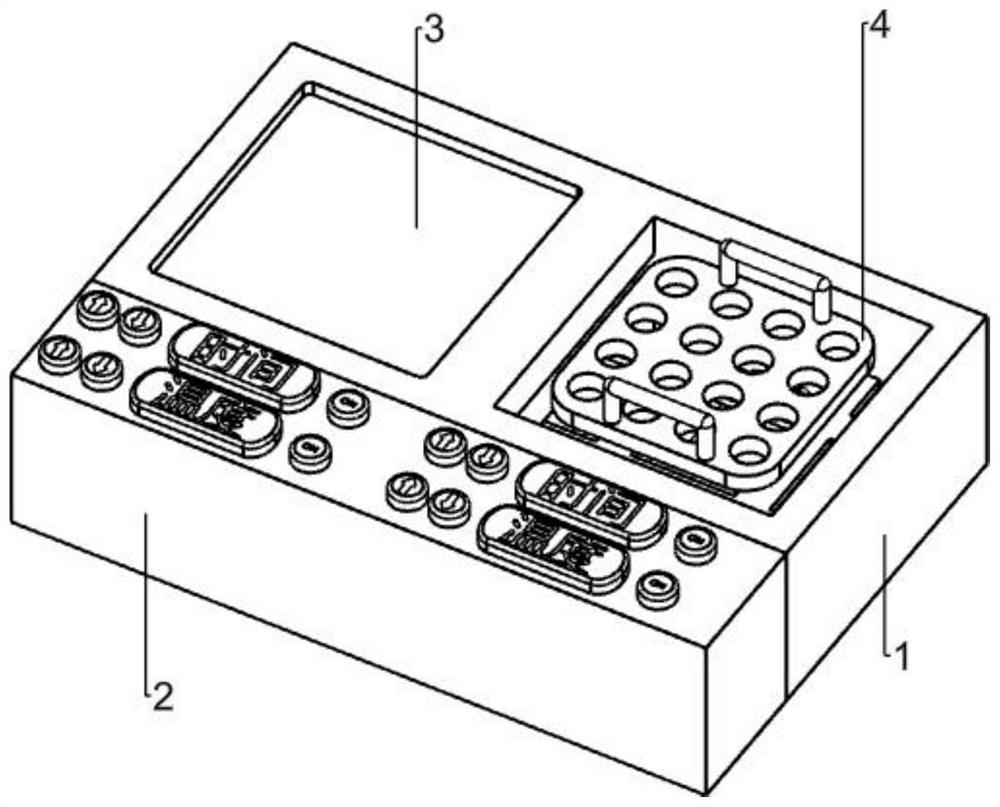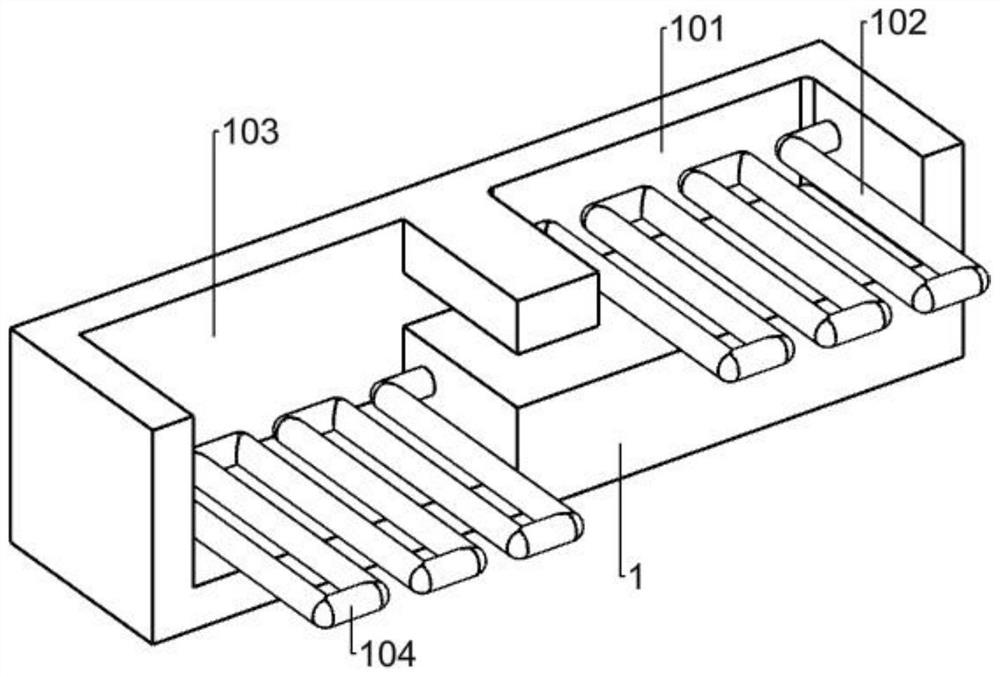Modeling device and method for preparing multiple cerebral infarction from soft autologous blood microembolus
A technology of microemboli and autologous blood, which is applied in animal husbandry and other fields, can solve the problems of blood vessel rupture, high mortality rate of craniotomy, and large trauma, and achieve the effect of accelerated mold-making speed, low mortality rate, and small injury
- Summary
- Abstract
- Description
- Claims
- Application Information
AI Technical Summary
Problems solved by technology
Method used
Image
Examples
Embodiment
[0044] The molding step of the present invention
[0045] 1. 20 male Sprague-Dawley rats were injected with carrageenan-coated autologous hematopoietic microemboli, and designated as the model group. Another 20 rats underwent the same operation, but without microemboli injection, and were designated as the sham group.
[0046] S1: Put the rat in the anesthesia guide box, open the regulating valve and inject isoflurane, and perform rapid gas anesthesia. After the rat is anesthetized, quickly remove the capillary used for blood collection in the right hand, press the rat's head with the left hand and use the left thumb and The index finger opened the upper eyelid and lower eyelid of the rat to make the eyeball protrude. In the right hand, the capillary was inclined from the inner corner of the eye while rotating and inserted into the medial canthal vein, and the capillary was inclined downward to fill the entire capillary with blood.
[0047] S2: After the blood collection, use...
PUM
 Login to View More
Login to View More Abstract
Description
Claims
Application Information
 Login to View More
Login to View More - R&D
- Intellectual Property
- Life Sciences
- Materials
- Tech Scout
- Unparalleled Data Quality
- Higher Quality Content
- 60% Fewer Hallucinations
Browse by: Latest US Patents, China's latest patents, Technical Efficacy Thesaurus, Application Domain, Technology Topic, Popular Technical Reports.
© 2025 PatSnap. All rights reserved.Legal|Privacy policy|Modern Slavery Act Transparency Statement|Sitemap|About US| Contact US: help@patsnap.com



